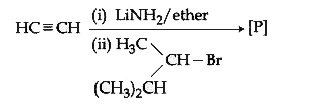The total number of monohalogenated organic products in the following (including stereoisomers) reaction is ______.
A (i)H2/Ni/Δ−−−−−−−−→(ii)X2/Δ
(Simplect optically active alkene)
The correct Answer is:8
To determine the total number of monohalogenated organic products (including stereoisomers) from the given reaction, we will follow these steps:
Step 1: Identify the Alkene
The starting material is a simple optically active alkene. Let's consider the smallest optically active alkene, which can be represented as CH3-CH=CH2 (propene).
Step 2: Hydrogenation of the Alkene
In the first step, hydrogenation occurs in the presence of a nickel catalyst. This process adds hydrogen across the double bond, converting the alkene into an alkane. The product of hydrogenation of propene is butane (CH3-CH2-CH2-CH3).
Step 3: Chlorination of the Alkane
Next, we perform chlorination (substitution reaction) using chlorine (Cl2) in the presence of sunlight. This reaction replaces one hydrogen atom with a chlorine atom.
Step 4: Identify Possible Substitution Sites
In butane, we have:
- 2 primary carbons (CH3)
- 2 secondary carbons (CH2)
- 1 tertiary carbon (CH)
Step 5: Count the Monohalogenated Products
1. Primary Substitution:
- Replacing a hydrogen on a primary carbon (CH3):
- Product 1: CH2Cl-CH2-CH2-CH3 (1-chlorobutane)
- Product 2: CH3-CH2-CH2-CH2Cl (2-chlorobutane)
2. Secondary Substitution:
- Replacing a hydrogen on a secondary carbon (CH2):
- Product 3: CH3-CHCl-CH2-CH3 (3-chlorobutane)
3. Tertiary Substitution:
- Replacing a hydrogen on a tertiary carbon (CH):
- Product 4: CH3-CH2-CHCl-CH3 (2-chlorobutane)
Step 6: Identify Chiral Centers and Stereoisomers
- Product 1 (1-chlorobutane): No chiral centers, 1 isomer.
- Product 2 (2-chlorobutane): One chiral center (2 different groups), gives 2 stereoisomers.
- Product 3 (3-chlorobutane): One chiral center (2 different groups), gives 2 stereoisomers.
- Product 4 (2-chlorobutane): No chiral centers, 1 isomer.
Step 7: Total Count of Isomers
- From Product 1: 1 isomer
- From Product 2: 2 stereoisomers
- From Product 3: 2 stereoisomers
- From Product 4: 1 isomer
Final Calculation
Total = 1 + 2 + 2 + 1 = 6 monohalogenated products.
Conclusion
The total number of monohalogenated organic products (including stereoisomers) is 6.
---
The starting material is a simple optically active alkene. Let's consider the smallest optically active alkene, which can be represented as CH3-CH=CH2 (propene).
In the first step, hydrogenation occurs in the presence of a nickel catalyst. This process adds hydrogen across the double bond, converting the alkene into an alkane. The product of hydrogenation of propene is butane (CH3-CH2-CH2-CH3).
Next, we perform chlorination (substitution reaction) using chlorine (Cl2) in the presence of sunlight. This reaction replaces one hydrogen atom with a chlorine atom.
In butane, we have:
- 2 primary carbons (CH3)
- 2 secondary carbons (CH2)
- 1 tertiary carbon (CH)
1. Primary Substitution:
- Replacing a hydrogen on a primary carbon (CH3):
- Product 1: CH2Cl-CH2-CH2-CH3 (1-chlorobutane)
- Product 2: CH3-CH2-CH2-CH2Cl (2-chlorobutane)
2. Secondary Substitution:
- Replacing a hydrogen on a secondary carbon (CH2):
- Product 3: CH3-CHCl-CH2-CH3 (3-chlorobutane)
- Replacing a hydrogen on a tertiary carbon (CH):
- Product 4: CH3-CH2-CHCl-CH3 (2-chlorobutane)
- Product 1 (1-chlorobutane): No chiral centers, 1 isomer.
- Product 2 (2-chlorobutane): One chiral center (2 different groups), gives 2 stereoisomers.
- Product 3 (3-chlorobutane): One chiral center (2 different groups), gives 2 stereoisomers.
- Product 4 (2-chlorobutane): No chiral centers, 1 isomer.
- From Product 1: 1 isomer
- From Product 2: 2 stereoisomers
- From Product 3: 2 stereoisomers
- From Product 4: 1 isomer
Total = 1 + 2 + 2 + 1 = 6 monohalogenated products.
The total number of monohalogenated organic products (including stereoisomers) is 6.
Topper's Solved these Questions
Similar Questions
Knowledge Check
- Question 1 - Select One
 , (i)Br2/KOH−−−−−−−−→(ii)H+/Δ Product isA
, (i)Br2/KOH−−−−−−−−→(ii)H+/Δ Product isA B
B C
C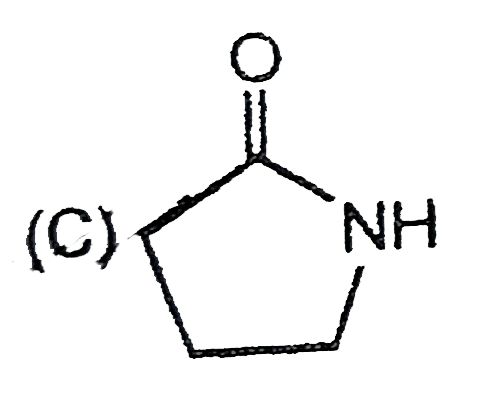 D
D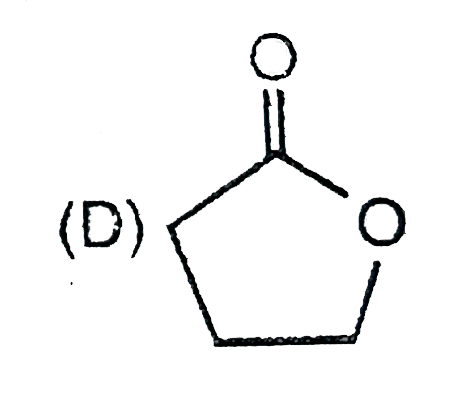
- Question 2 - Select One
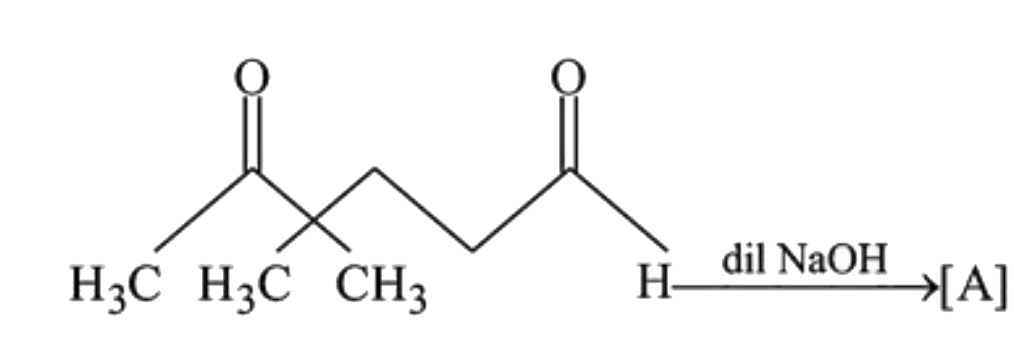 H2O+−−−→Δ[B]A
H2O+−−−→Δ[B]A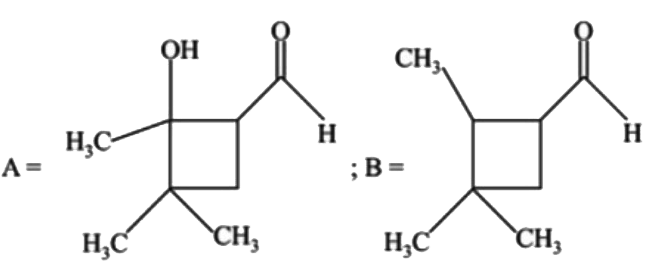 B
B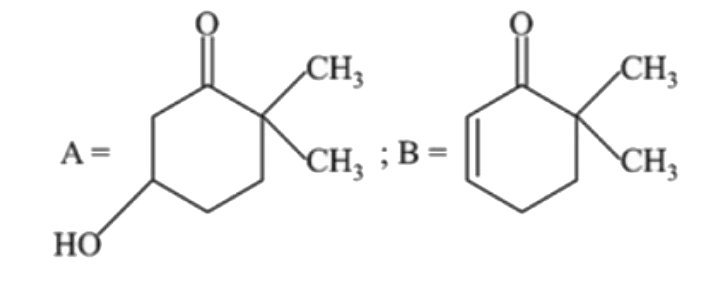 C
C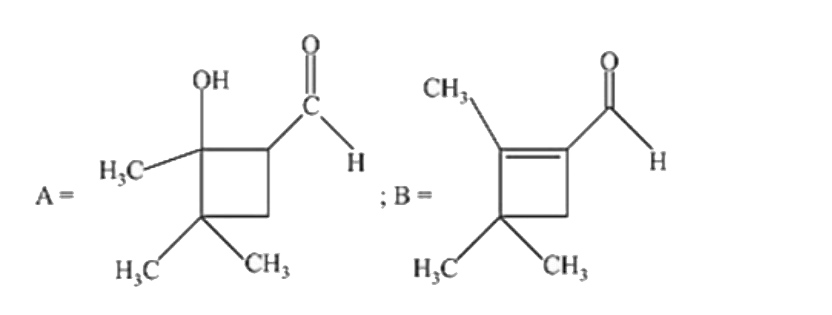 D
D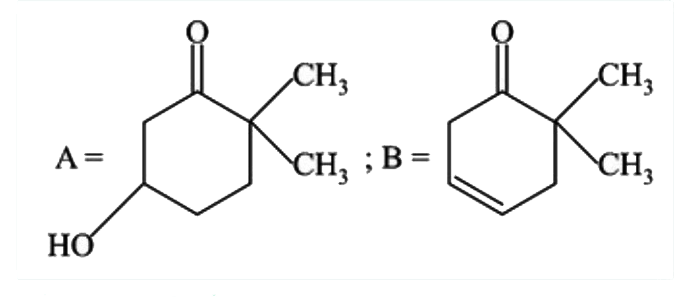
- Question 3 - Select One
The major product (X) of the reaction is:
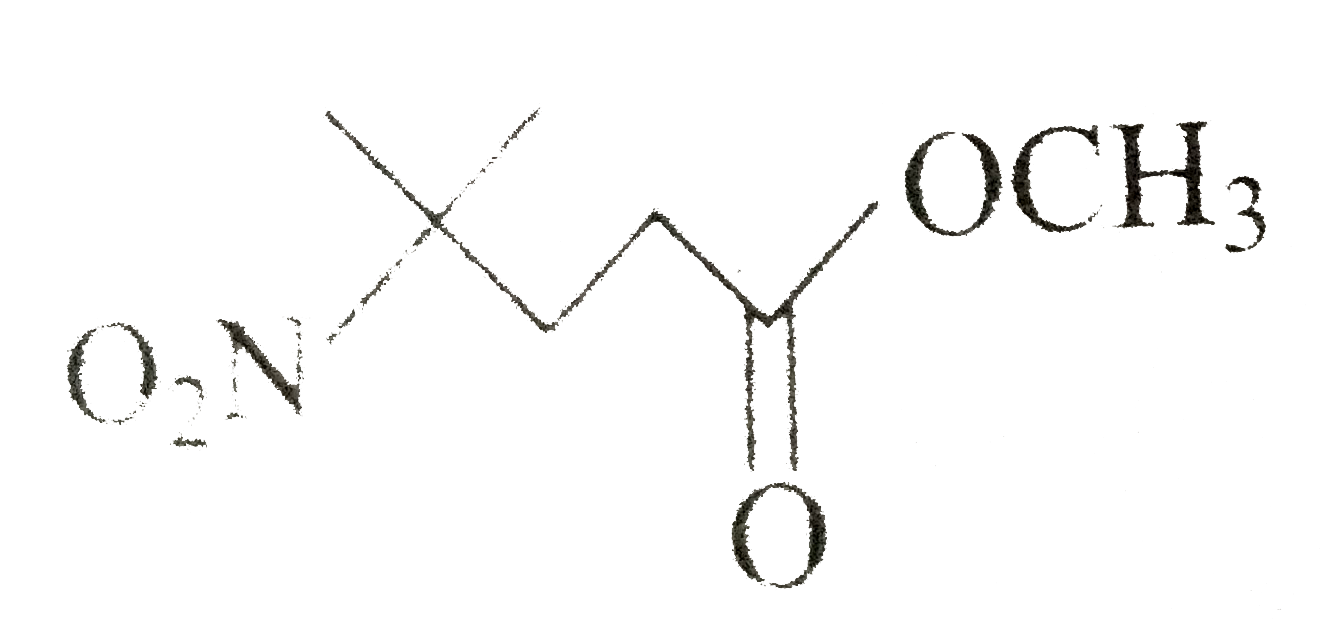 H2,Ni−−−→ΔXA
H2,Ni−−−→ΔXA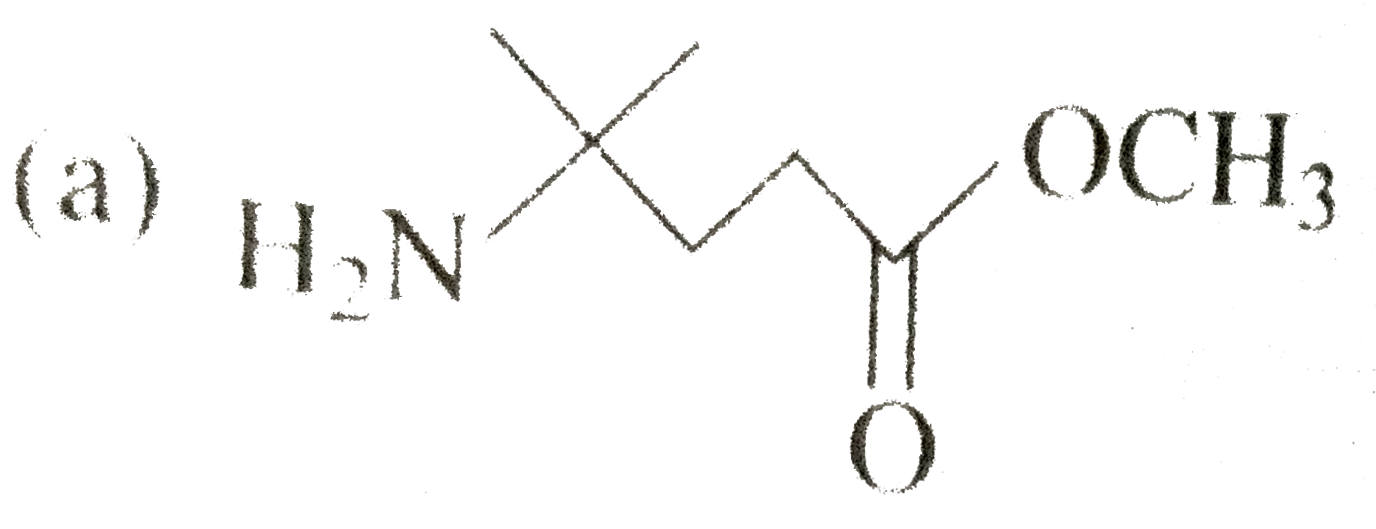 B
B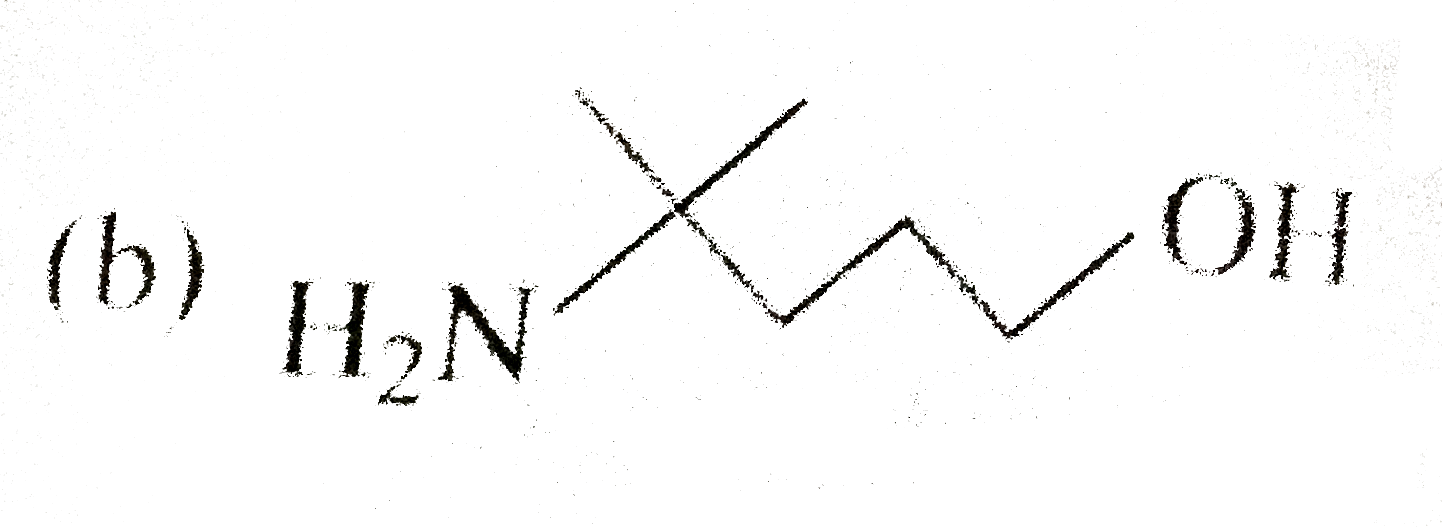 C
C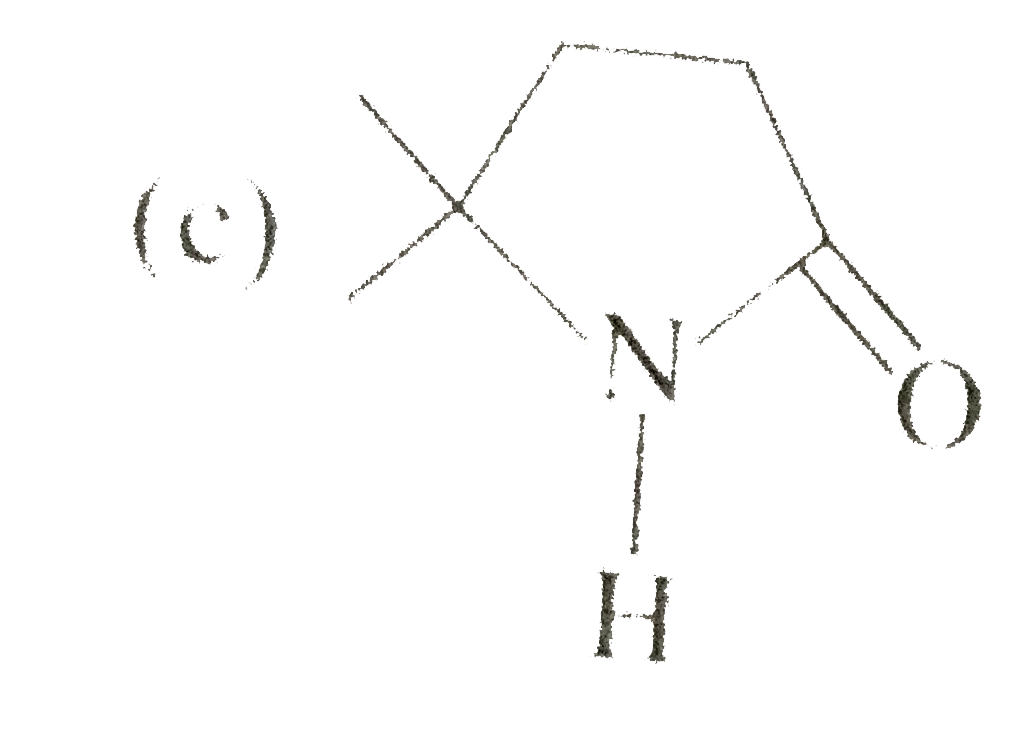 D
D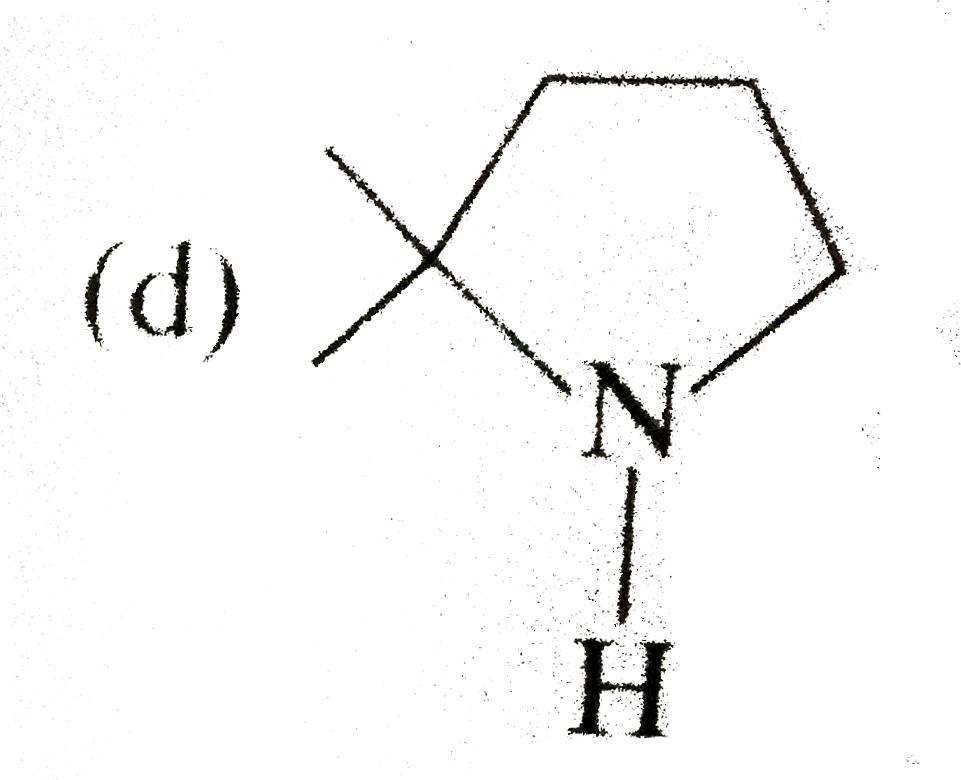
 1.Br−2+KOH,Δ−−−−−−−−−−−→2.H3O⊕ The product of above reaction is:View Solution
1.Br−2+KOH,Δ−−−−−−−−−−−→2.H3O⊕ The product of above reaction is:View Solution
NaBH4−−−−→(i)H2O+−−−−−−−→Δ A, A is .View Solution Conc.−−−−−−→H2SO4/Δ identify product?View Solution
Conc.−−−−−−→H2SO4/Δ identify product?View SolutionCaOCl2Δ−−−→CoCl2product, The product are
View SolutionWhat is the end product of following reaction
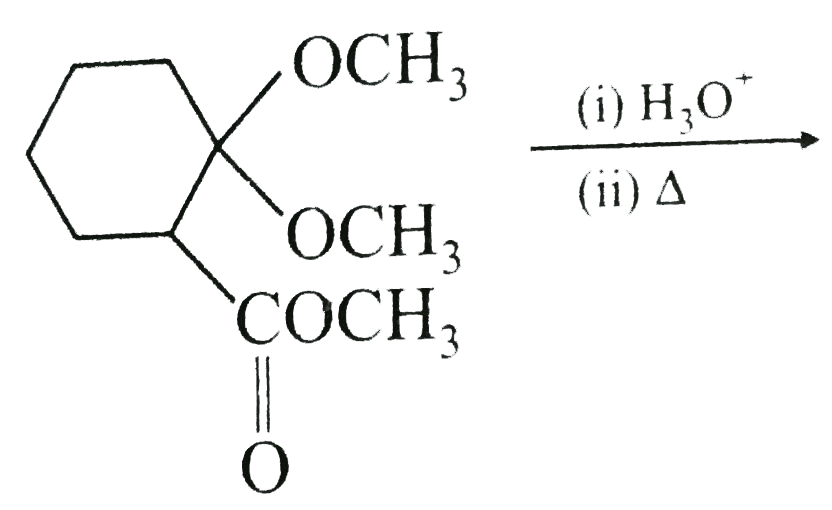 .
.
(i)H3O+−−−−−−−→(ii)Δ.View Solution


